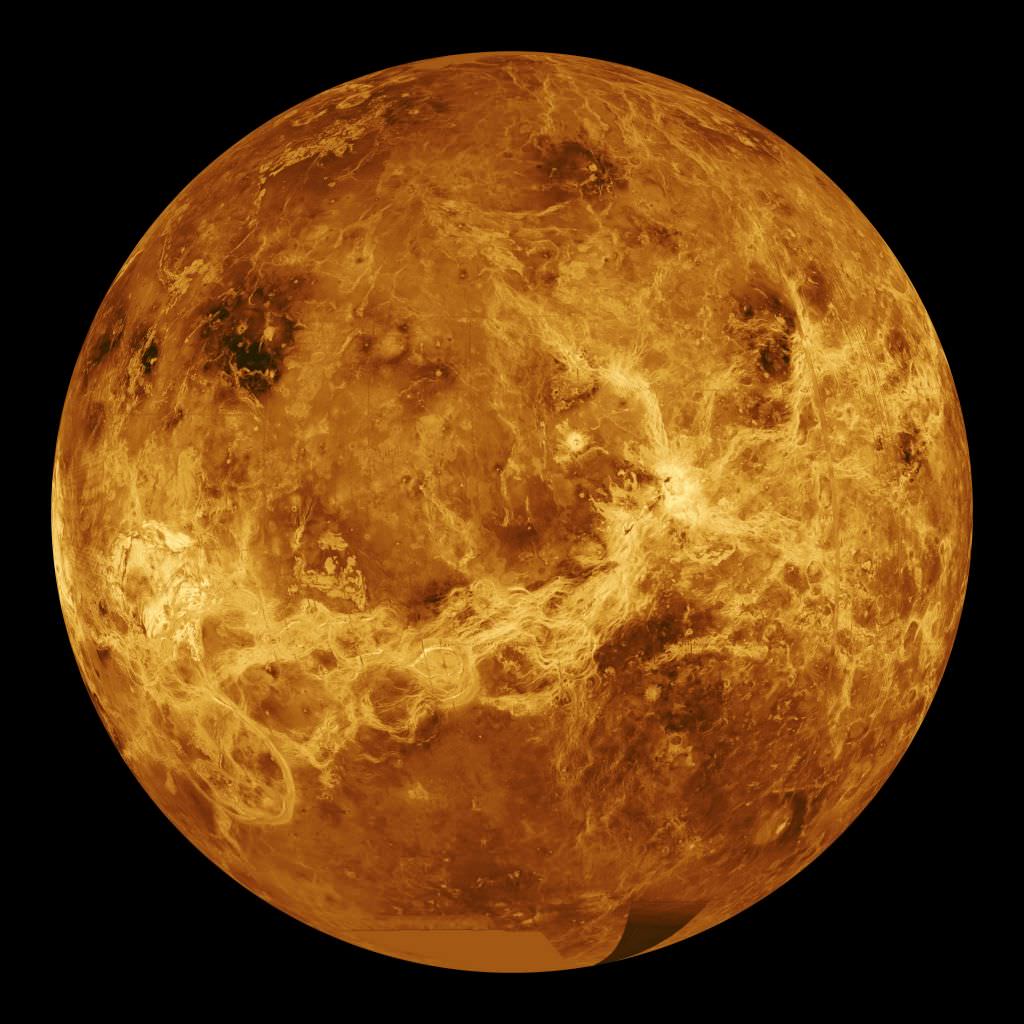Were you wondering when was Venus discovered? Actually, there’s no way to know. Venus is one of the 5 planets visible with the unaided eye. In fact, Venus is the brightest object in the night sky after the Sun and the Moon. When Venus is at its brightest, it even casts shadows. So even ancient people would have been aware of Venus, and so there’s no way to know who that first person was, and when it happened.
However, a better question might be to ask, when did we know that Venus was a planet? This happened about the same time that astronomers first realized the Earth was a planet too. In ancient times, astronomers used to think that the Earth was the center of the Universe, and everything orbited around it: the Sun, the Moon, the planets and the stars. One problem with this model was the strange behavior of the planets. Sometimes they would speed up, and then slow down, stop, and even go backwards in the sky.
But then in the 1500s, Nicolaus Copernicus developed his model of a Sun-centered Solar System. The Earth was just a planet, and all of the planets orbited around the Sun instead. This model explained how the planets could have such strange movements. Since the Earth is moving too, we’re really just seeing them from different perspective in they sky.
The first person to see Venus in a telescope was Galileo. Although he wasn’t able to resolve anything but a bright disk (astronomers can’t do any better today), he saw that Venus went through phases like the Moon. This was further evidence that Venus orbits around the Sun – closer than the Earth, and so we see it in various phases of illumination.
Because Venus is shrouded in clouds, astronomers weren’t able to get a better view of Venus until the first spacecraft arrived from Earth. The first spacecraft to visit Venus was NASA’s Mariner 2, which arrived at Venus in 1962. But even then the planet was still blocked by clouds. The Russian Venera landers were able to pierce through the clouds and landed on the surface to send back a few quick images of the planet’s surface. They showed a hellish world, with thick atmosphere, clogging clouds, and blasting heat, hot enough to melt lead. NASA’s Magellan spacecraft (launched in 1989) was equipped with a radar instrument that allowed it to pierce through the clouds on Venus and show the planet’s landscape, craters and volcanoes.
We’ve written many articles about the discovery of planets for Universe Today. Here’s an article about the discovery of Uranus, and here’s an article about the discovery of Neptune.
If you’d like more information on Venus, check out Hubblesite’s News Releases about Venus, and here’s a link to NASA’s Solar System Exploration Guide on Venus.
We’ve also recorded an entire episode of Astronomy Cast about Venus. Listen here, Episode 50: Venus.

